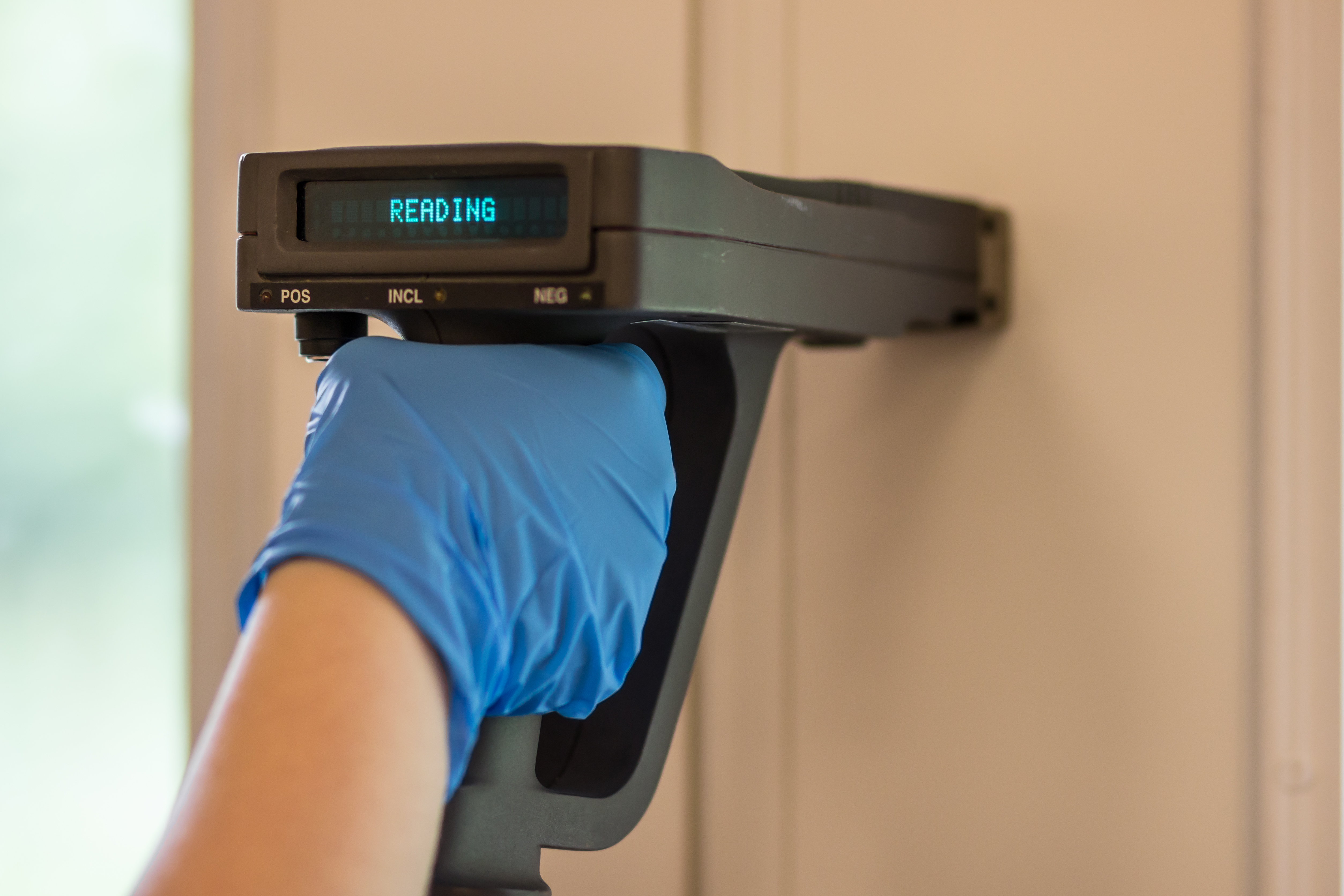Materials Analysis
Each year many organisations from a wide range of sectors send samples in to be analysed at the MERI.
As part of our normal procedures a team of experts consider the materials issues raised and provide advice on how to identify and solve problems. This guide is intended to help customers understand the range of services available, view the relevant equipment pages and contact an expert relevant to their own query.
Assessing materials analysis and failure issues
The first consideration is normally the material itself. Most of the samples we receive come from the following groups of materials: metals, polymers, ceramics, glasses, paints, or liquids.
A range of issues then needs to be considered for the sample- is the provenance of the material clear? For instance if the sample is a metal, has it been ordered to a recognised standard and does the material meet that standard?
Often materials supplied to engineering and manufacturing companies may fall short of the required specification and the receiver of the materials will then be faced with the problem of identifying why their own production process has failed.
Typical examples might be if a polymer is too soft, if a metal mould cracks in service, a paint failure leads to a corrosion or delamination problem. All of these issues need remediation immediately as products cannot be sold or, worse, customers will ask for redress in regard of faulty materials being sold.
Analysis of metals
Key issues for a metallic material include:
- Chemical composition
- Microstructure, including metallurgical defects
- Hardness and Wear resistance
- Profile and surface roughness
- Paint condition, if painted
- Other surface finishes
Chemical composition
Chemical composition of a metallic alloy is crucial to its performance in terms of strength, hardness and corrosion resistance.
We can analyse the chemical composition of a metal by techniques such as Spark emission, X-Ray fluorescence, dissolution followed by chromatography and Analytical Scanning electron microscopy.
The table below illustrates the use and limitations of these techniques
|
Technique |
XRF |
Dissolution / liquid chromatography |
Electron microscopy |
|
|
Turnaround time |
1 day |
1-2 days |
3 - 5 days |
1-3 days |
|
Data obtained |
Surface chemistry |
Surface chemistry |
Bulk Chemistry |
Surface chemistry |
|
Sample reparation |
Flat sample required |
Flat sample required |
Small piece of sample removed |
Small metallographically prepared sample required |
|
Is the test destructive |
Yes |
No |
Yes |
Yes |
|
Elements identified |
Many |
Many |
Many |
Most elements heavier than carbon identifiable |
|
Quantification possible |
Yes |
Yes |
Yes |
Yes |
|
Area analysed |
2mm diameter |
Controllable |
A few square microns |
|
|
Assessment of homogeneity |
Several sample spots may identify gross changes |
Several sample spots may identify gross changes |
Not possible except by repeated testing |
Yes, assessment of microstructure and inclusions is possible |
Microstructure
Microstructure of metals is key to their performance. Amongst the most common materials found in engineering this is most true of steels and aluminium alloys.
The most common techniques used for assessing materials structure are X-Ray diffraction, optical microscopy and Scanning electron Microscopy.
X-ray diffraction is applied to flat surfaces and is useful for determining the volume fraction of various metal phases in an alloy. For instance, the technique is able to detect the presence of austenite in hardened steel as a result of heat treatments, and is able to determine its volume fraction and lattice parameters.
Hardness and Wear Resistance
Hardness measurement is one of the more simple tasks in materials analysis. We may use a Vickers hardness tool or microhardness measuring machine.
Wear resistance can be measured in a very large number of ways. Two pieces of equipment we have for assessing this feature of materials are the Universal Materials Tester (UMT) and the ASTM G65 abrasive wheel tester. The UMT is very good for in-depth analysis of materials systems and the ASTM test gives a simpler and more rapid test to compare the wear resistance of similar materials.
Profile and surface roughness
The profile of an engineered part is often measured in house. MERI would generally assess this aspect of an engineered part by use of a third party test house.
Surface roughness can be measured in a number of different ways. Traditional in-house routes involve the use of crushable replica film or a handheld surface profile gauge. In MERI the most common route to assess surface profile and roughness would be through the use of the Infinite Focus Microscope which uses pulses of optical light and a complex algorithm to generate a 3-d image of the part. Interrogation of the image allows the user to make measurements of the most common surface roughness parameters - Ra and Rz - in any required direction.
More in depth assessments of surfaces will require techniques such as Scanning Electron Microscopy which can add to the information gained by other techniques by assessing the presence of inclusions in metallic materials or embedded particles from blasting or grinding processes.
Paint condition
The condition of painted samples can be assessed in a number of different ways. The corrosion protection achieved for a metal substrate can be assessed by electrochemical methods, the adhesion can be assessed by a tape method or by using the HATE adhesion tester, and the cleanliness of a metal/paint interface can be assessed by SEM.
The confirmation of the composition of paint samples can be achieved by a number of different methods of which thermal analysis is perhaps the best.
Other surface finishes
Many other surface treatments are applied by industry for which specialist analysis techniques can be applied.
To find out more contact us on 0114 225 3500, or email meri@shu.ac.uk

